
OR
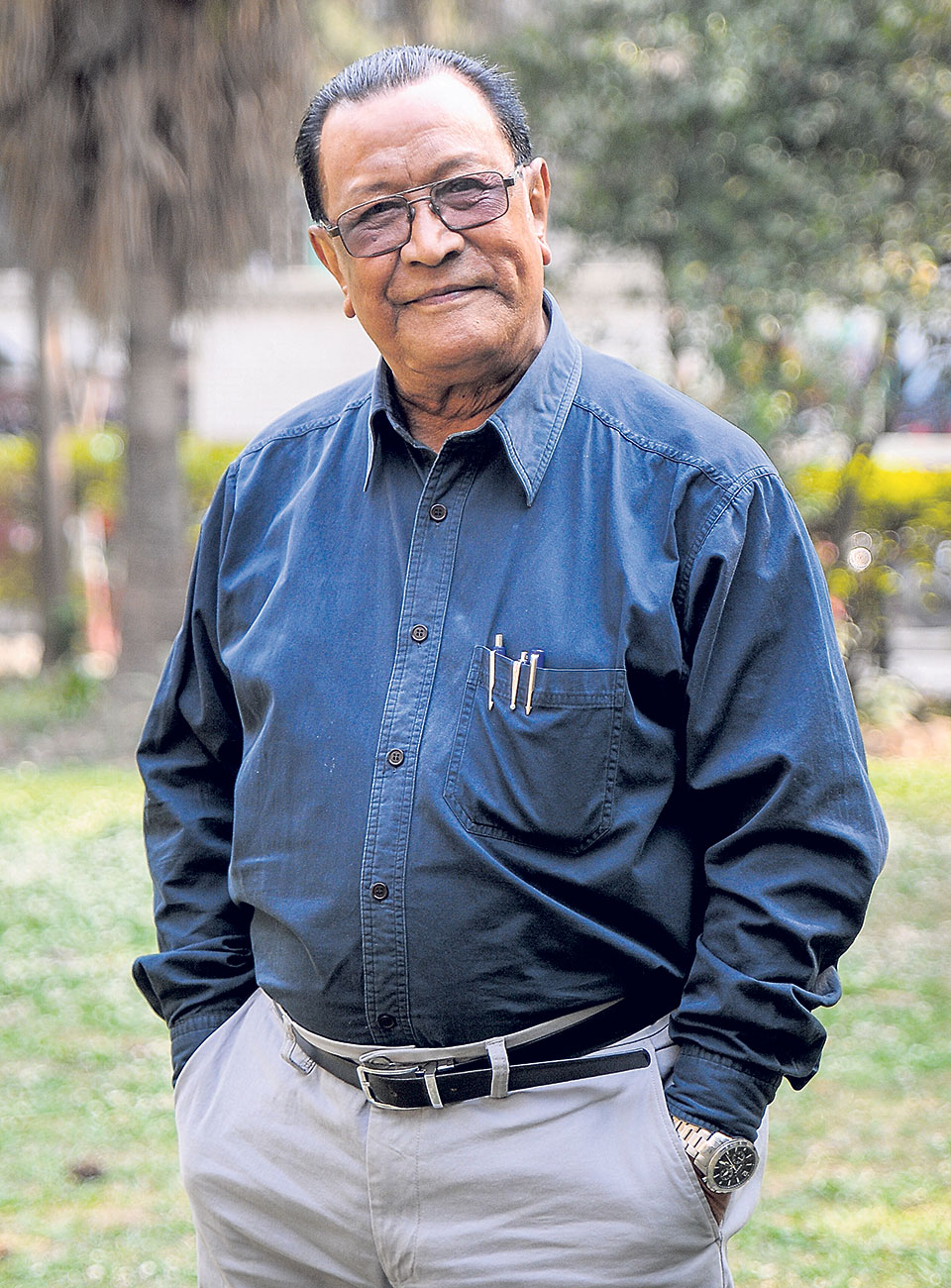
His first book in Nepali, Pratyek Thhaun Pratyek Manchhe (Every Place Every Person) won the Sajha Purasakar in 1978. And now in his first English novel, Peter J. Karthak is seen tackling the greater Nepal of once upon a time as well as characters who survive from one conspiracy to another scandal to another racket and might have reduced the nation to what we know now.
Karthak himself urges patience from his readers. There is a lot to take in from Kathmandruids, Monomyths & Meanymyths, his recently released literary fiction, but the presented perspective and the experimentation in the writing style make it worth the effort.
The Week’s Priyanka Gurung sat down with Karthak to talk about this recent release and, also since we were at it, got him to share a couple of his favorite titles.
What brought on this book? Was it always a planned effort?
The idea for the book came to me during the time I was working at Republica. We were at a metropolitan event and a Kathmandu politician was sharing a very interesting story that was basically a mobster story. Others were eating and drinking and not really paying attention. But he certainly had me hooked.
So much so, inspired by it, I immediately wrote a short story. It also had the character Birendra Bahadur Shahi, the one in this book, and also involved gangsters. An edited version of that was published elsewhere but I kept going back to the original short story on my laptop.
I kept adding more characters, their descriptions, more scenarios and situations. This was back in 2008. The stories and news pieces I heard around me in the city kept giving me anecdotes to incorporate to what initially was a short story. Soon enough, I had a novella in my hand.
But the corrupt society of movers and shakers and pushers isn’t the only thing about your novel. There is a completely different side to it as well. You also write about greater Nepal of the days gone by. How did that come about?
This came about when I was done with the first half of what I thought would be a novella. When I reread it, all these stories of manipulation, deceit, and greed left me feeling
very sad.
It was what I saw around me but I also knew that this didn’t portray the full picture of our country. Nepal was once a great nation with a noble history that’s impressive, to say the least. That’s when I decided to start writing the Nepal Mandal section of the book. I believe this is the duality you are referring to.
The Nepal side and the Kathmandu side of the story run in tandem. The dual narrative came about very organically. We get to reflect on how the greater Nepal has been reduced to this corrupt, inefficient state we are very familiar with, by its own people.
How was it experimenting with your writing style in this manner?
When I was still working on the book, I read an article that featured Nigerian writer, Chimamanda Ngozi Adichie, and she was talking about how it was time for novelists to start writing in the double helix form. She expressed her views about how a single narrative is passé, inadequate.
I completely agreed with her opinion. I even gave myself a little pat on the back about taking that route with my own novel. This was what she was talking about. I was working on bringing out a dual narrative in Kathmandruids.
In this book’s case, like I said, it came about on its own. The readers can move along with the two narratives but there are also points where they are made to stop and sort of immerse themselves in the depth of the “water.”
Was it easy to experiment in this manner? Well, I reworked on this book nine times in a span of nearly a decade. I knew all about the facts and fables but one has to make sure that they get the arrangements just right.
During the launch of the book, you had talked about the need for more good editors in our local literary scene. Was it something you personally felt during the writing process?
Writers, like me, need copy editors, literary editors, style editors to evaluate and revise our manuscript. They are the ones who help authors keep a check on the nuances that make a good read.
But our literary scene doesn’t have as many good writers as we need. I feel the publishing houses don’t set necessary budgets for editors. Most publishers still prioritize making a quick buck. I tell the publishers to increase the price of the book by five or even ten rupees if necessary and cumulatively pay their editor but nobody listens.
In my case, it was only when CK Lal wrote the blurb for my book that I felt reassured and relieved of the work I had done. I felt here was a man who had read and assessed the writing and deemed it worth the while. Until then, I was slightly apprehensive.
When you sit down to write a book, does your mind drift back to the time when you won such big accolades for your first book?
I don’t have such ego problems. I don’t think about the Madan Puraskar win or the accolades. I don’t know if it’s my Darjeeling attitude or my Christian attitude. I also don’t know how to maintain this ‘greatness’ either. That is another problem.
CK Lal was talking about how his daughter feels comfortable enough to call me ‘dai’. As long as I’m able to connect with both the older and younger generations with my work, I think I will be happy.
On Karthak’s bookshelf
The Mountain is Young
by Han Suyin
When I did my masters in English literature, I was introduced to many brilliant books. Suyin was one of them. First published in 1958, The Mountain is Young is a love story set in Nepal. What impressed me the most about the novel though was the social picture the writer paints of our capital in 1956, when she also happened to be invited to the coronation of King Mahendra. I feel like her portrayal still resonates. In fact, the observations in Kathmandruids are similar and that’s very revealing of our society’s nature.
The Adventures of Huckleberry Finn by Mark Twain
This takes me right back to my childhood because I remember this book as being the first one that impressed me. I used to read a lot of comics in my youth but I could relate to The Adventures of Huckleberry Finn. Even though the character and I were oceans apart – different locations, different centuries – I still remember being able to identify myself with him. His voyage was just that fresh and Twain’s narrative just that beautiful. I think it’s one of the finest works to promote reading awareness.
One Part Woman
by Perumal Murugan
I discovered Murugan only last year in Delhi. He is a brilliant writer from Chennai. He writes in his native language but the translations are just as thought provoking. He likes to lay bare the social conventions as well as personal and moral disputes. One Part Woman tells a similar story. I hear this book was caught up in an international scandal upon its release. The book isn’t anti Brahmin but it does go against the Brahmin orthodoxy of his hometown. Regardless of the uproar, I admire the quality of his work. At the end, the quality indeed always manages to stand out.
The Forty Rules of Love
by Elif Shafak
This is actually what I’m reading at the moment. I was trying to look up Turkish writers. I thought there had to be others than just Orhan Pamuk and I saw Shafak mentioned in one of the travel books that featured both Istanbul as well as Pamuk. They had even featured a picture of Shafak and she looked liked she could be a Hollywood actress but no, she was a writer. So, intrigued, I decided to check out her work. The Forty Rules of Love introduces us to Ella Rubenstein, a forty-year-old who is unhappily married. But then a new job brings about new realizations and a new escape.
The Last Temptation of Christ
by Nikos Kazantzakis
There is great vitality in Kazantzakis’s work. It must be something to do with all the olive oil in the Greek food. This book has to be one of the most illuminating works of literature presented by a Greek writer. The novel follows Jesus as he struggles to live out God’s will for him and Kazantzakis’s elegance, as he phrases this masterpiece of reinterpretation, has to be admired. In my youth, books were often complemented by adaptations on screen as well. So I have fond memories of enjoying this story as a movie and comparing notes with the book version as well.
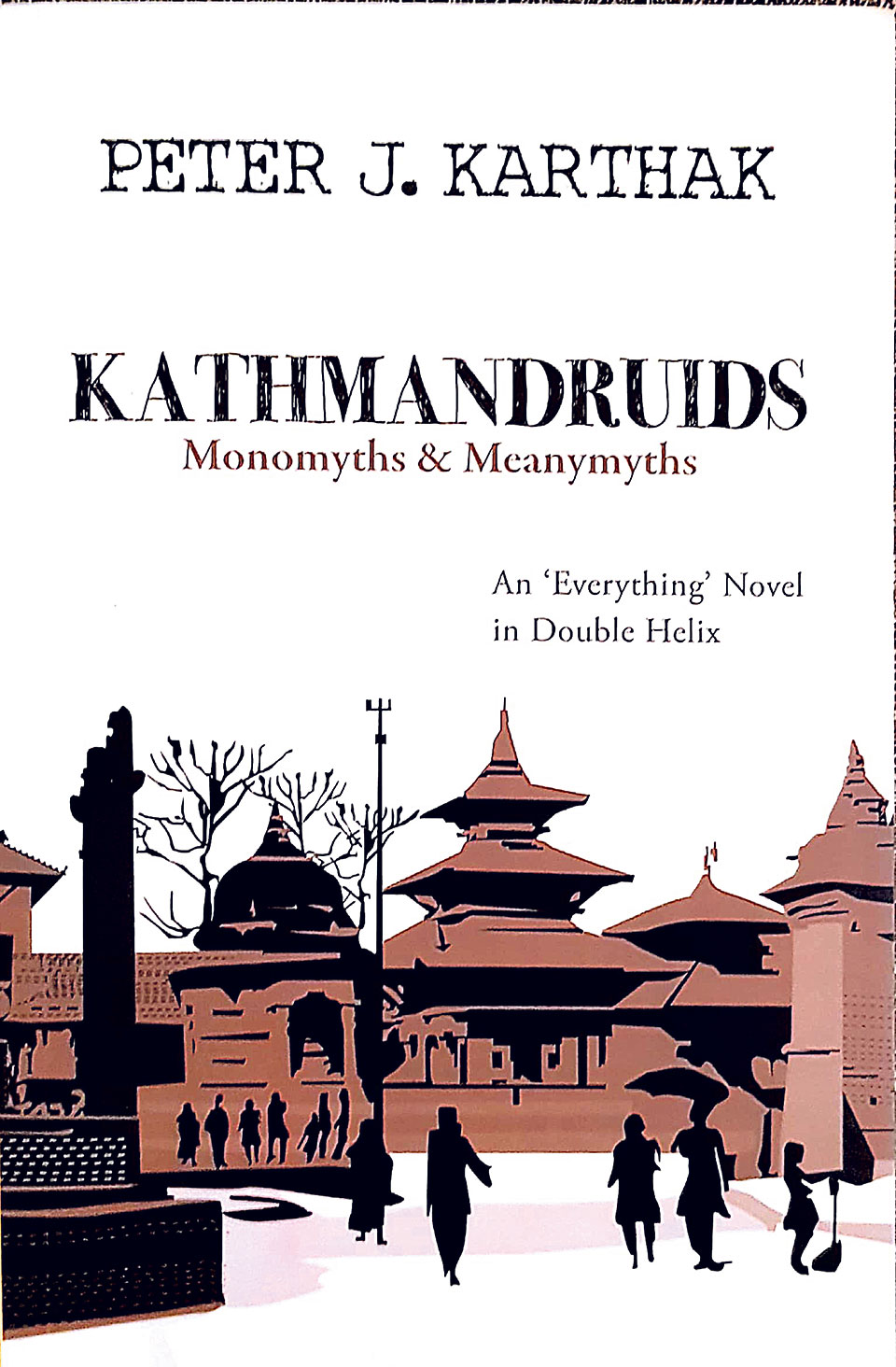
You May Like This
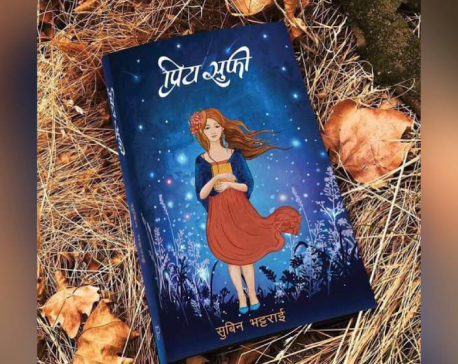
Life is never too pointless to be ended
"Priye Sufi," a book by Nepali author Subin Bhattarai, is a moving and consoling book. The story's primary lesson is... Read More...
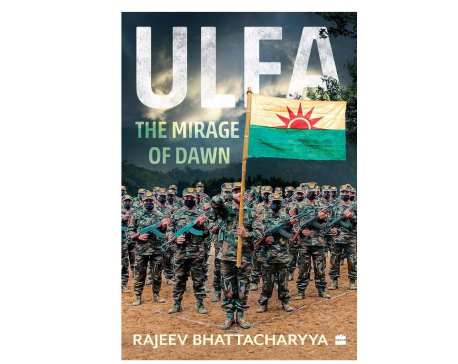
'ULFA: The Mirage of Dawn’ offers a remarkably balanced narration on history of ULFA
Rajeev Bhattacharyya’s book offers a remarkable history of ULFA, its formation and rise to prominence, the interplay of its principal... Read More...
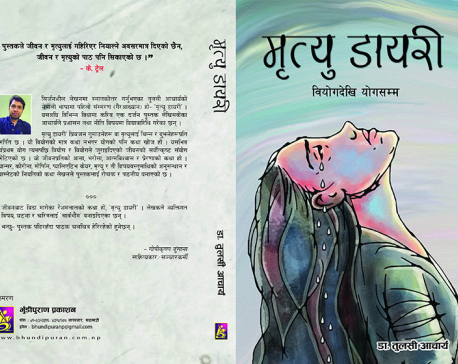
Mrityu Diary: A must read book about life and death
"Mrityu Diary" or the “Death Diary” is a book written by the author Tulasi Acharya, which is currently available in... Read More...


Just In
- Pun released on bail in Supreme Cooperative fraud case
- Govt should not look for enforcing populist budget for next FY: Former finance ministers
- DoFE requests relevant parties to provide essential facilities to foreign workers traveling abroad
- Foundation stone laid for building a school in Darchula with Indian financial assistance
- 151 projects to be showcased for FDI in Third Investment Summit
- Police disclose identity of seven individuals arrested with almost 2 kg gold and more than Rs 10 million in cash
- NIMSDAI Foundation collaborates with local govt for Lobuche Porter’s Accommodation Project
- Home Ministry directs recalling security personnel deployed for personal security against existing laws









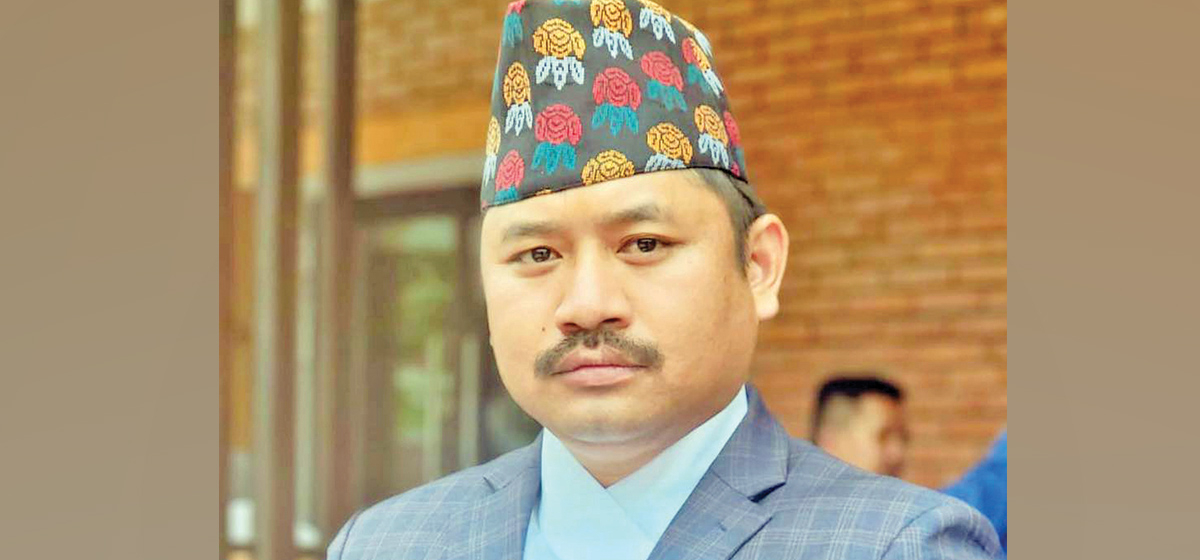

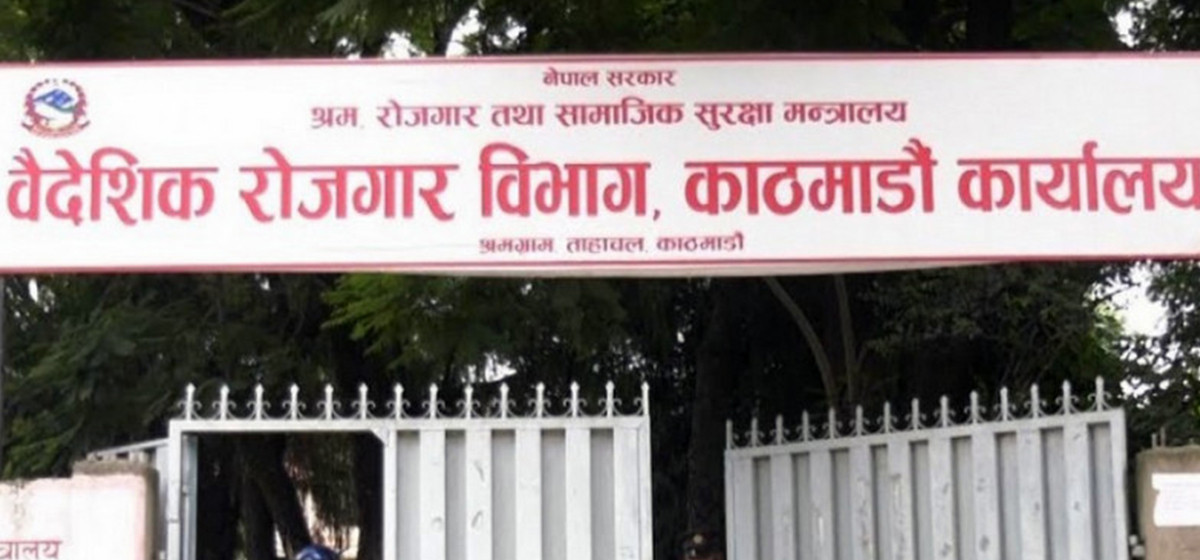
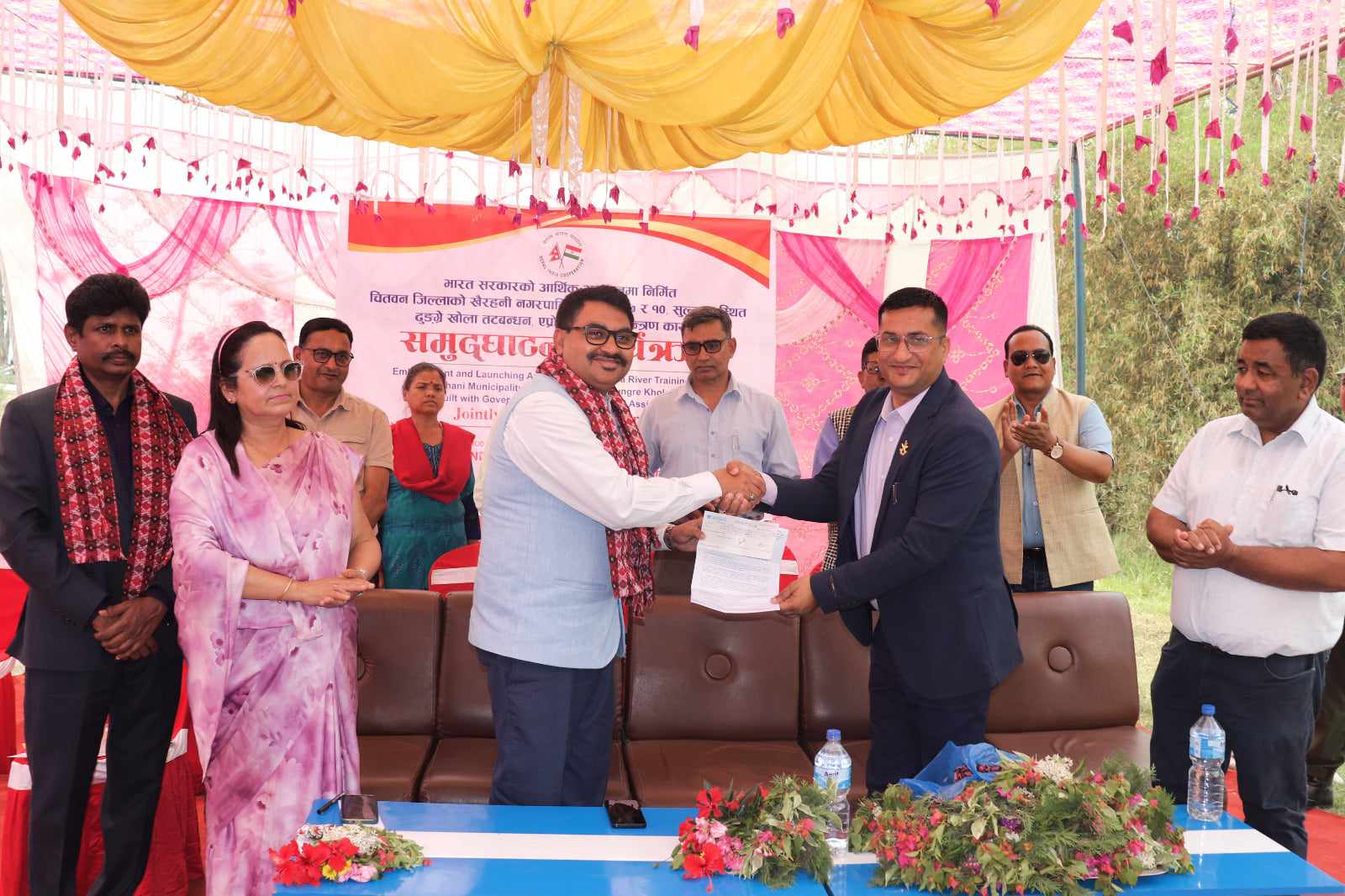


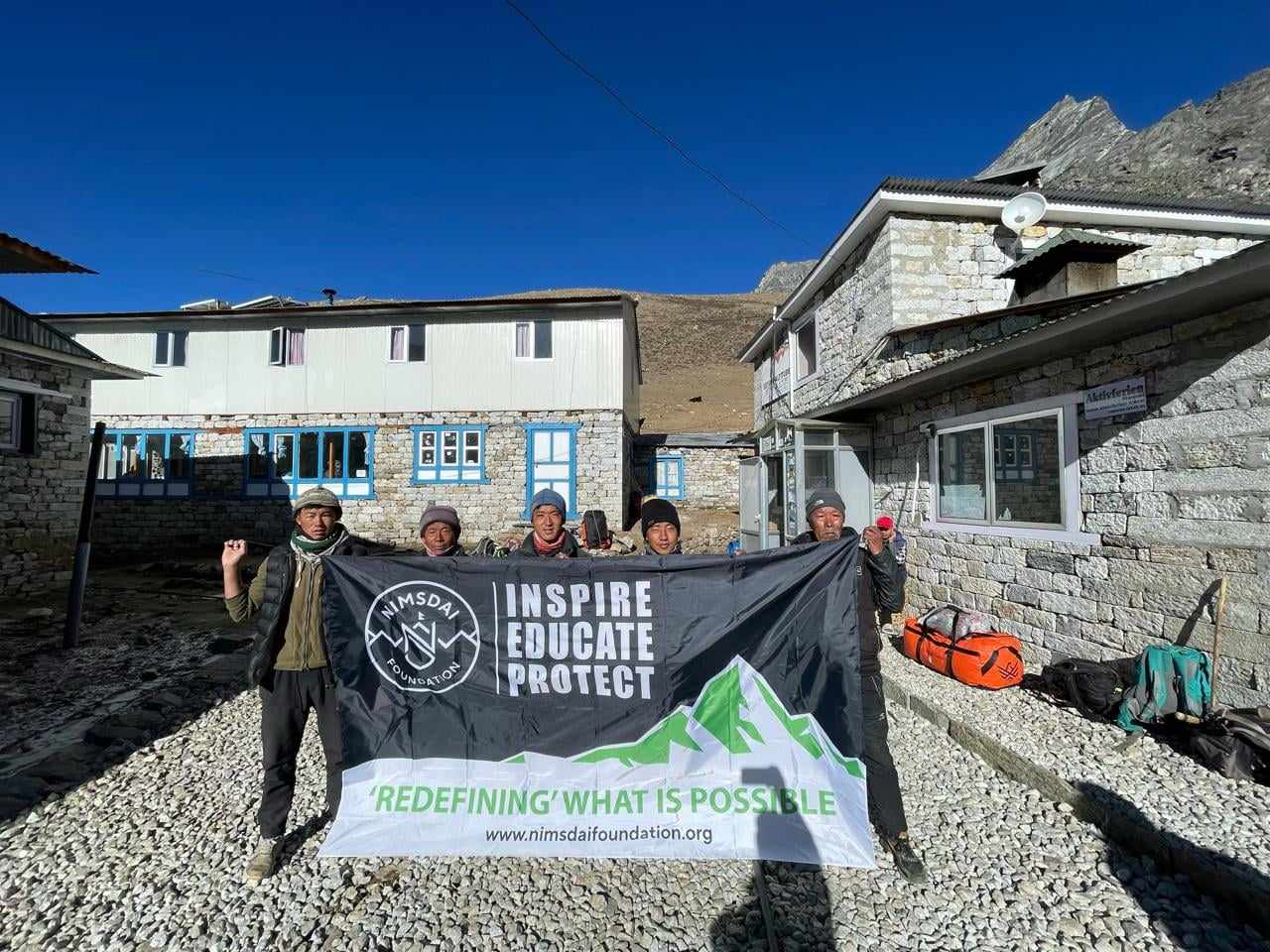

Leave A Comment